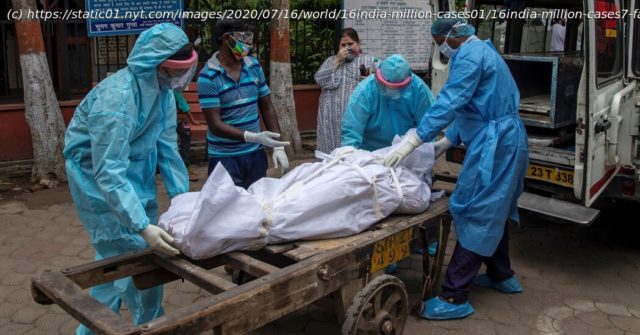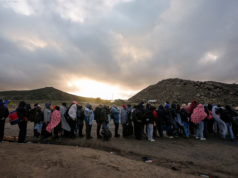Several states and cities have reimposed total and partial lockdowns as the pandemic accelerates. India now ranks third in the world in infections.
India hit a milestone on Friday morningthat it had made great sacrifices to avoid: recording more than one million coronavirus infections.
The virus has been gnawing its way across this country of 1.3 billion people and gaining speed, fueled by high population density, an already beleaguered health care system and a calculation by the central government to lift a nationwide lockdown in hopes of getting the economy up and running, come what may.
But as India’s number of confirmed new infections keeps hitting record highs, many states and cities have been locking down again. In some areas, long lines of bodies snake out of cremation grounds. India is now racking up about 30,000 new reported infections each day — more than any other country except the United States and Brazil, and it is catching up to Brazil.
India now has the third-highest total cases — 1,003,832 cases and 25,602 deaths —after the United States and Brazil. Researchers at the Massachusetts Institute of Technology estimate that by the end of next year, India will be the worst-hit country in the world.
“We have paid a price for laxity,”said K. Srinath Reddy, president of the Public Health Foundation of India, a nonprofit organization of public health experts and academics.
About 25,000 deaths have been officially attributed to Covid-19, but testing remains sparse, so the real figure could be significantly higher.
Schools and universities have been shut since March with no clear plans to reopen, leaving nearly 278 million students without much to do.
The central government recently advised school systems to limit online learning to a few hours a day. Ramesh Pokhriyal Nishank, India’s minister for human resource development, said this was required to make sure that students didn’t get “overly stretched or stressed.”
More than 100 million Indians have lost their jobs.






